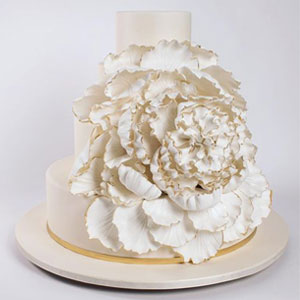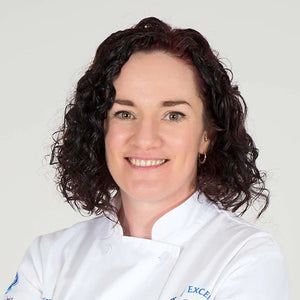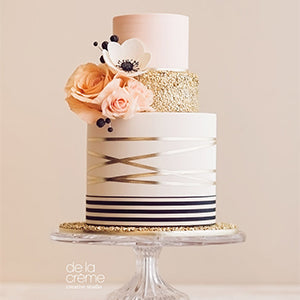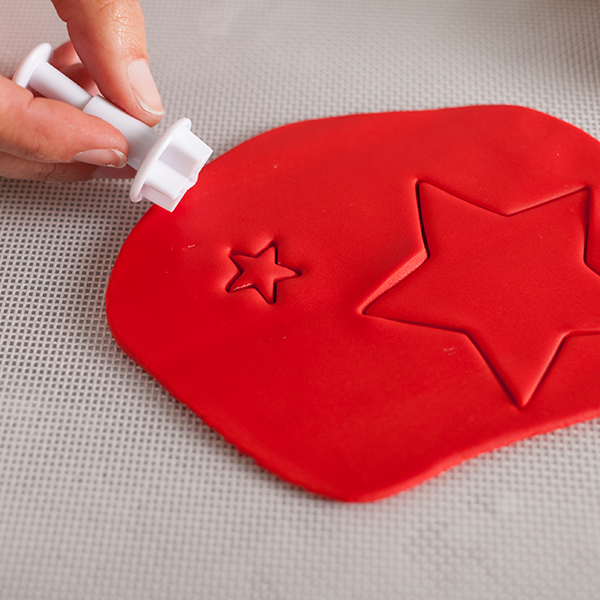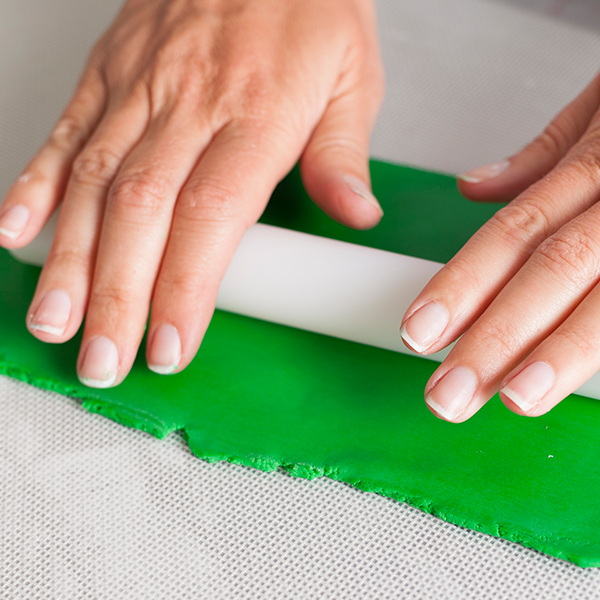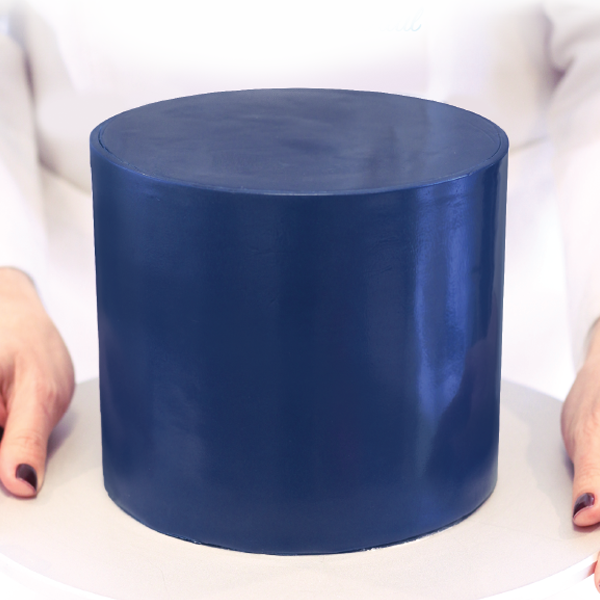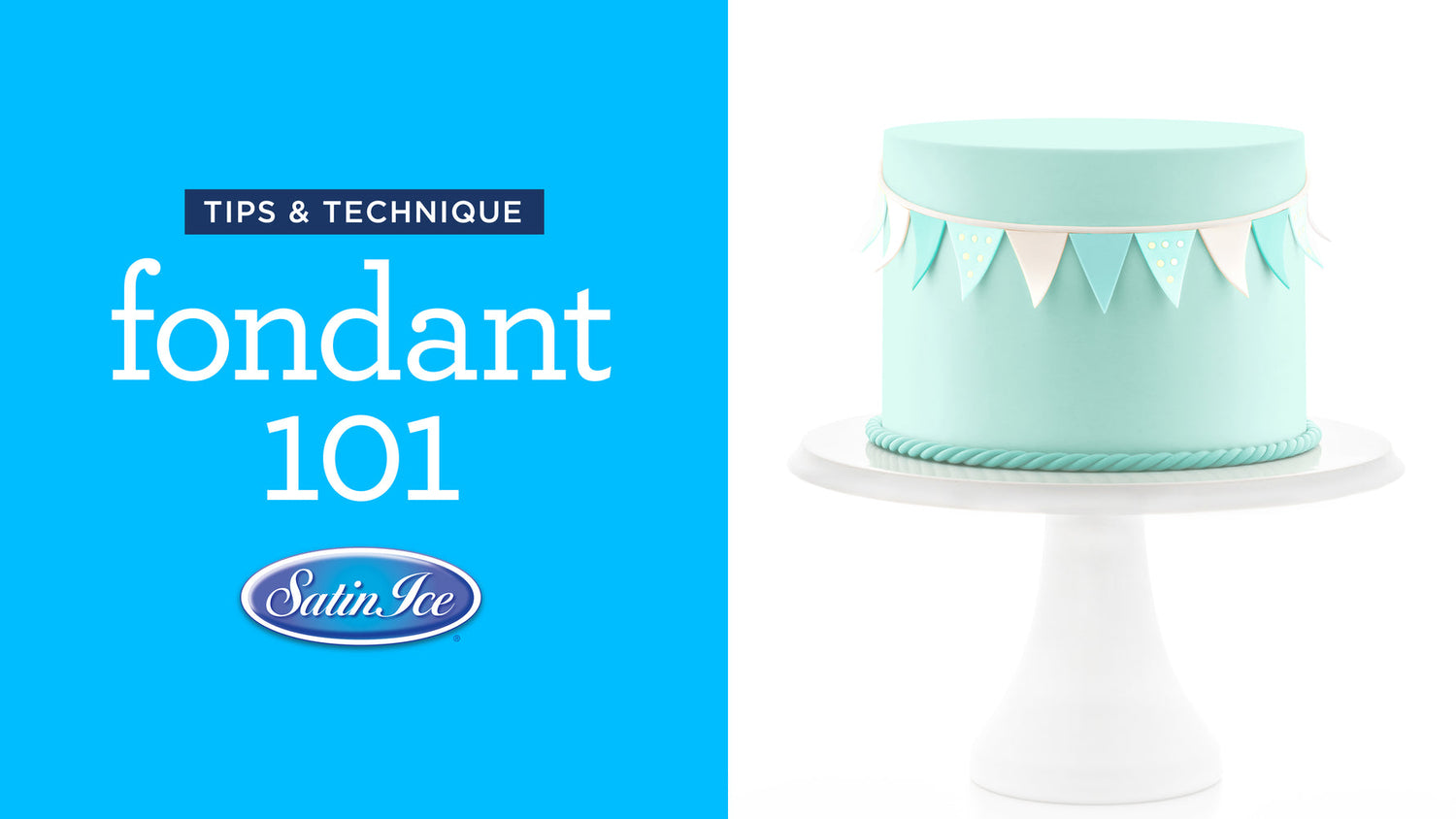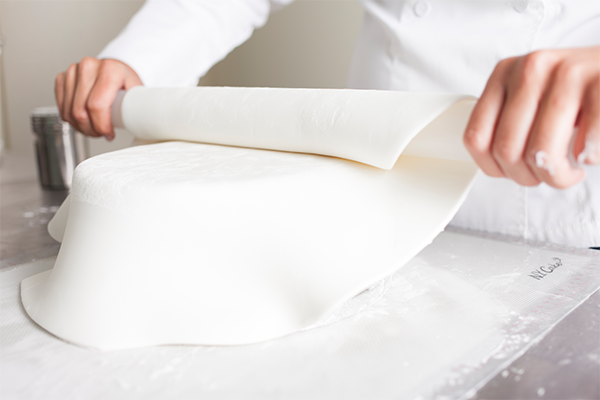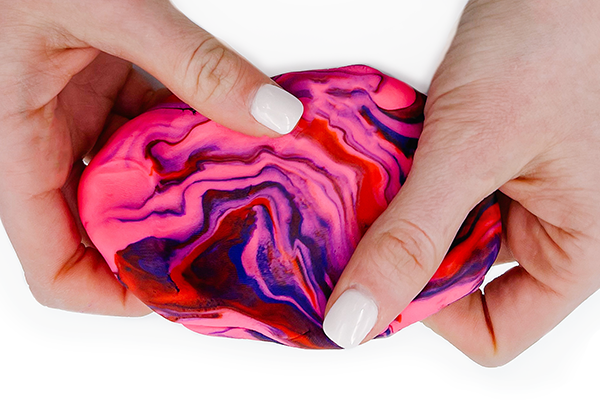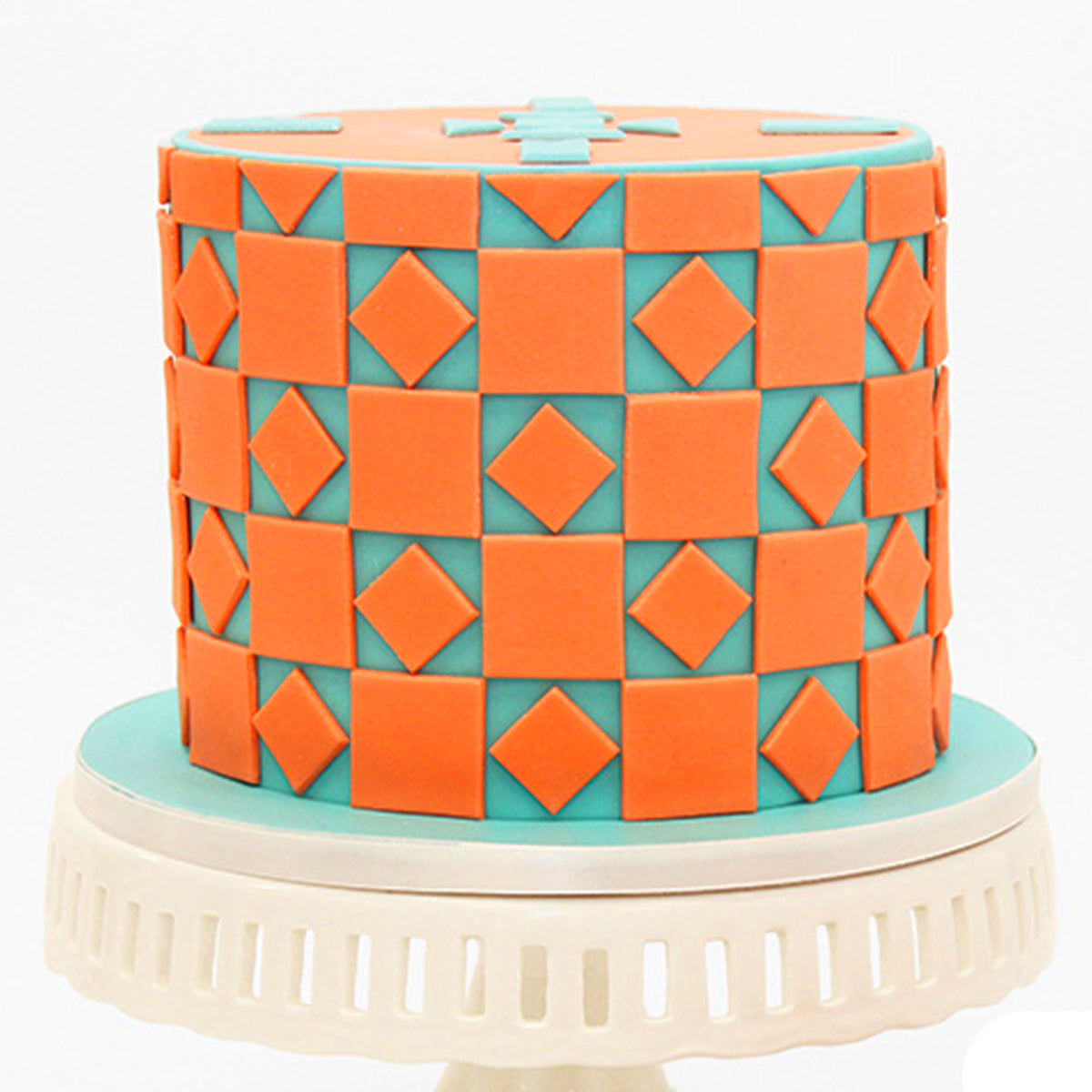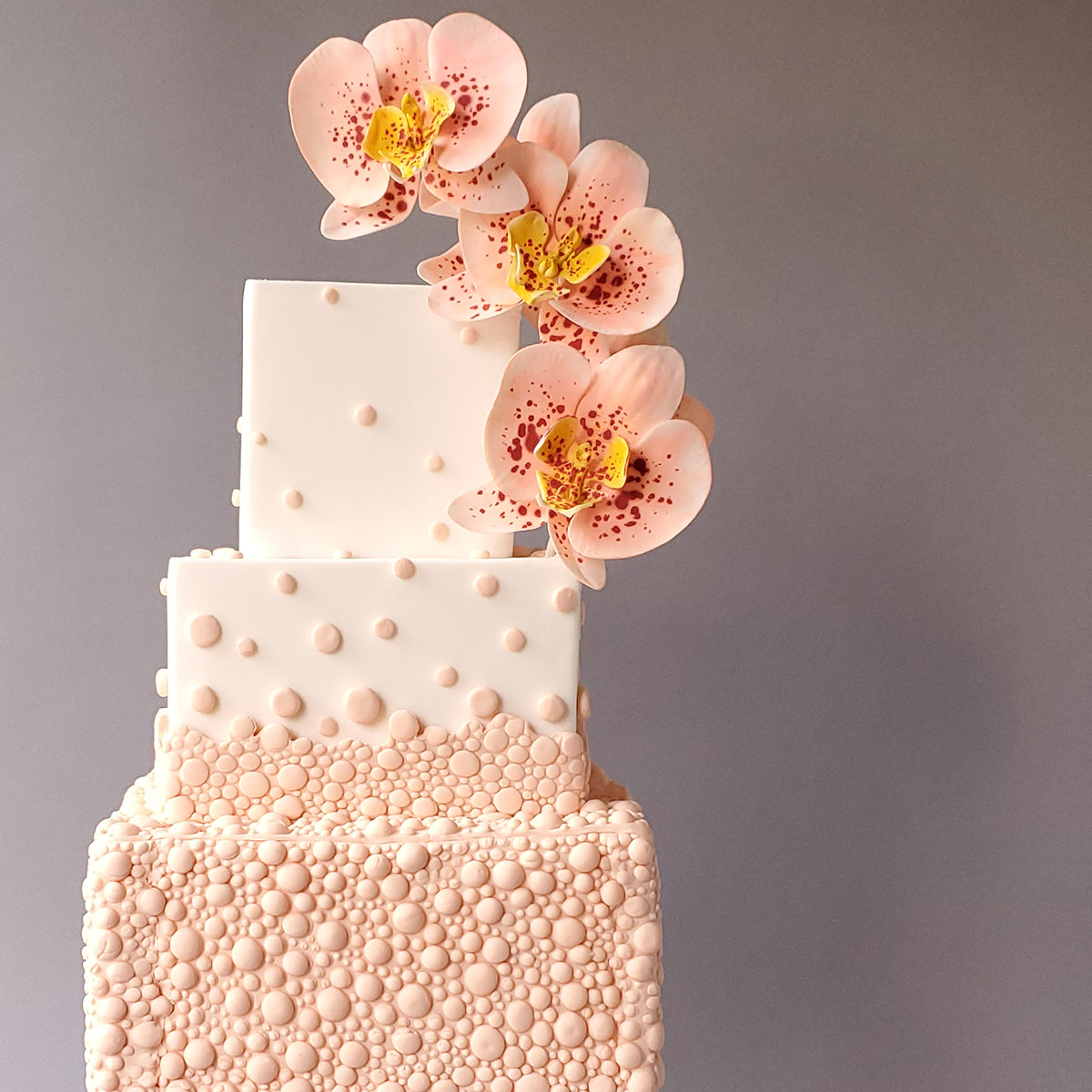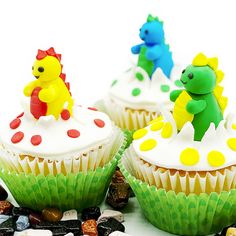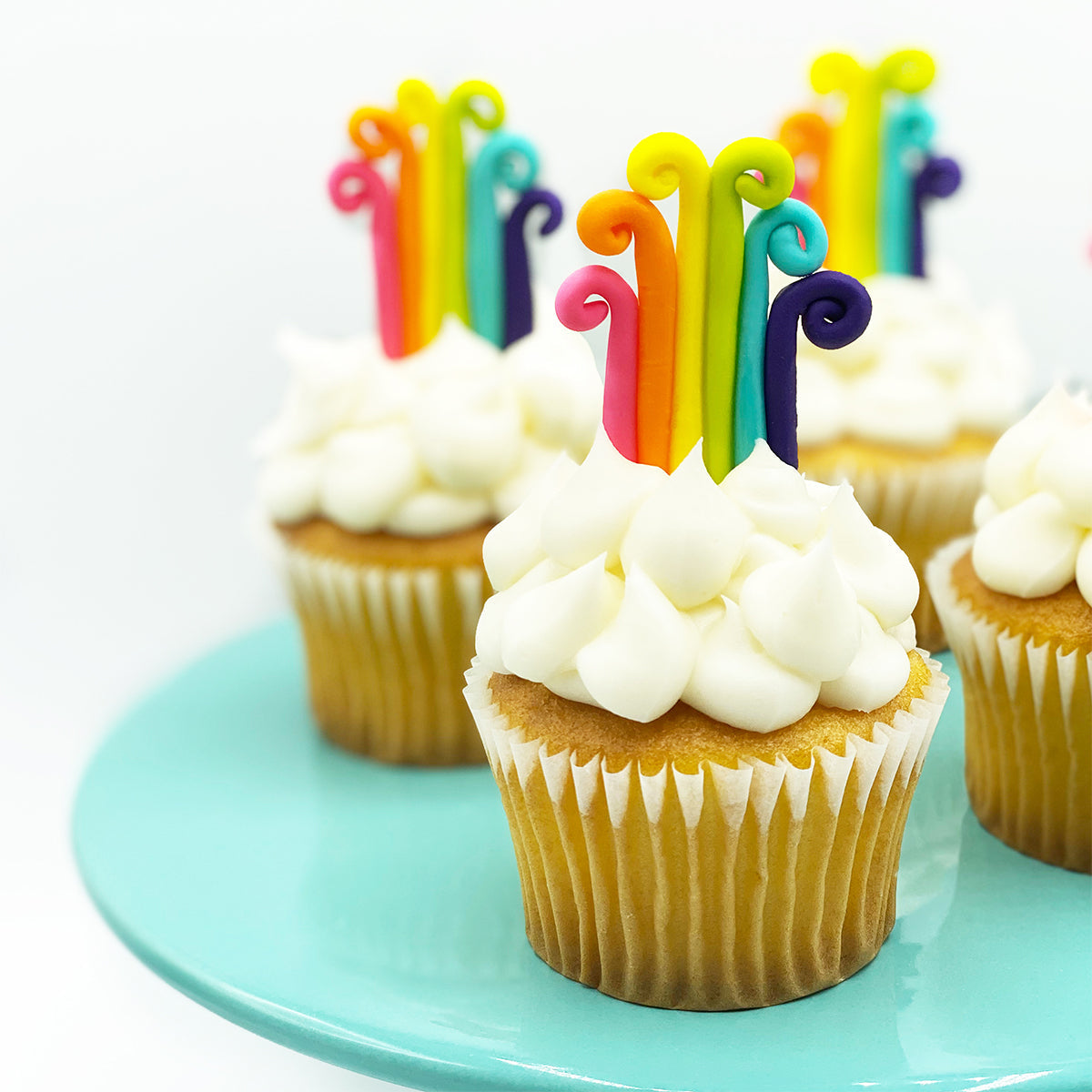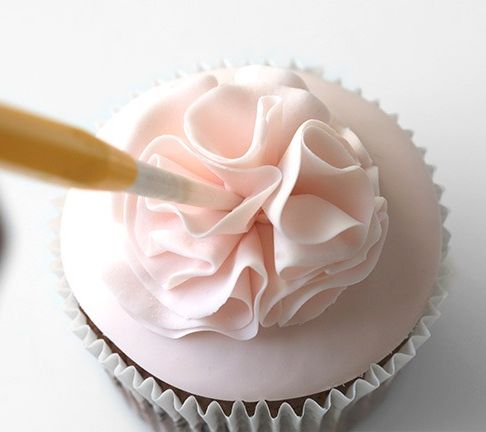three images of decorative cakes

Classic Fondant
Smooth Satin Finish That Inspires Endless Creativity
Satin Ice Classic Fondant is a rollable frosting that is available in a variety of colors, flavors and sizes. Simply knead it until pliable and you are ready to roll! Use it to cover desserts, mold it into unique toppers, or cut out different shapes to decorate festive cakes, cupcakes, cookies, and so much more!
Gluten Free | Nut Free | Dairy Free | Vegan | Kosher
Designed for decorating and covering.
Dries firm after several hours.
Allergen Free
Smooth satin finish.
Available in vanilla, chocolate, buttercream and seasonal flavors.
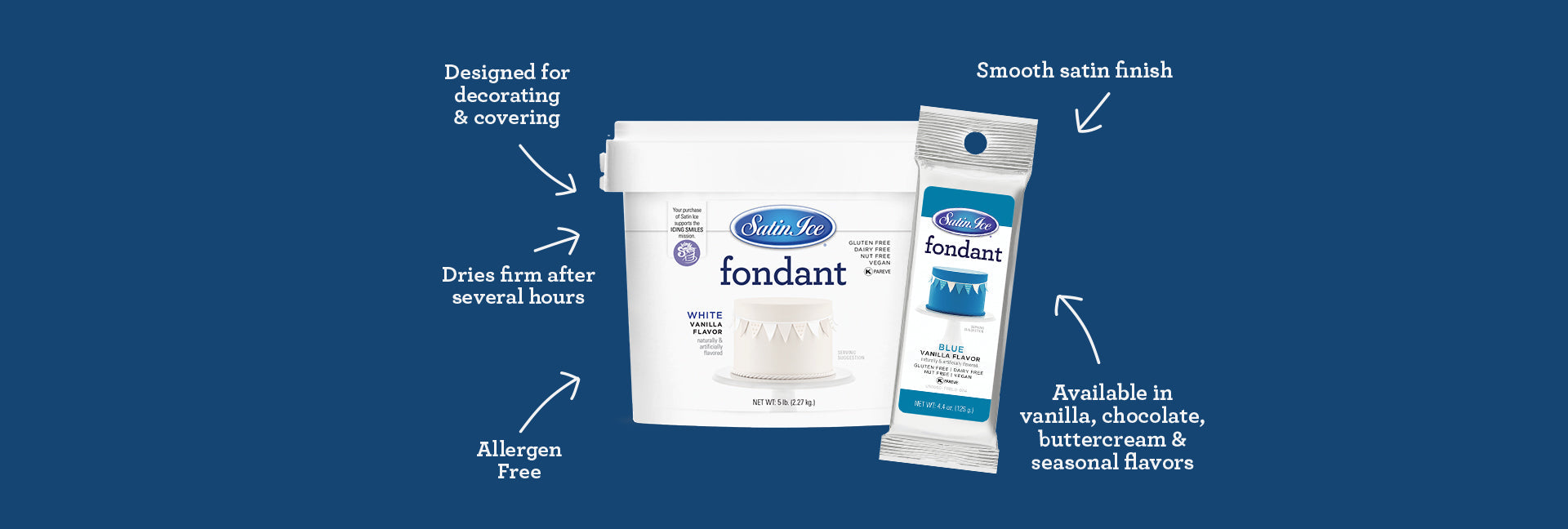
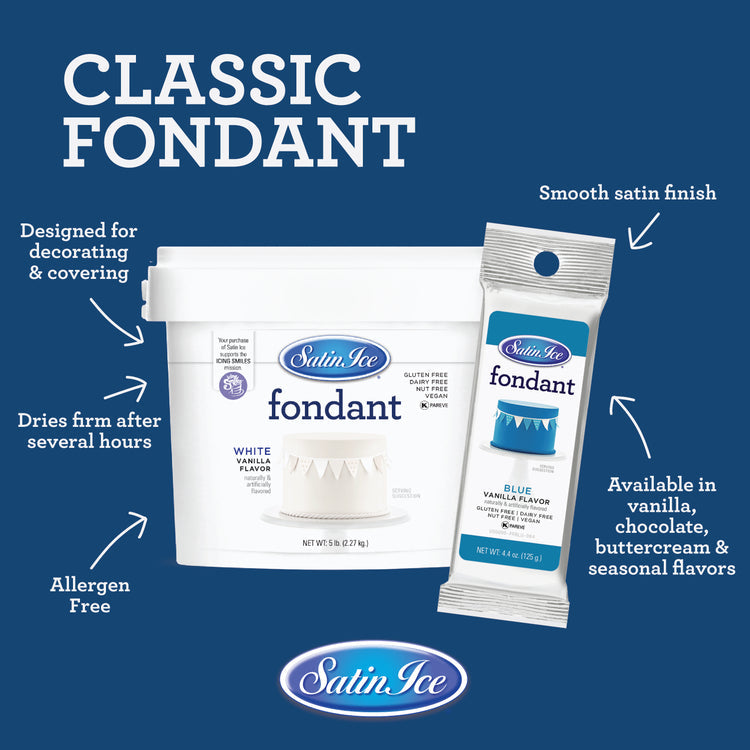
Available in a variety of sizes & flavors
4.4oz (125g) Foil, 24oz (680g) Box, 2lb (1kg) Pail, 5lb (2.5kg) Pail, 10 lb (5 kg) Pail, 20lb (10kg Pail
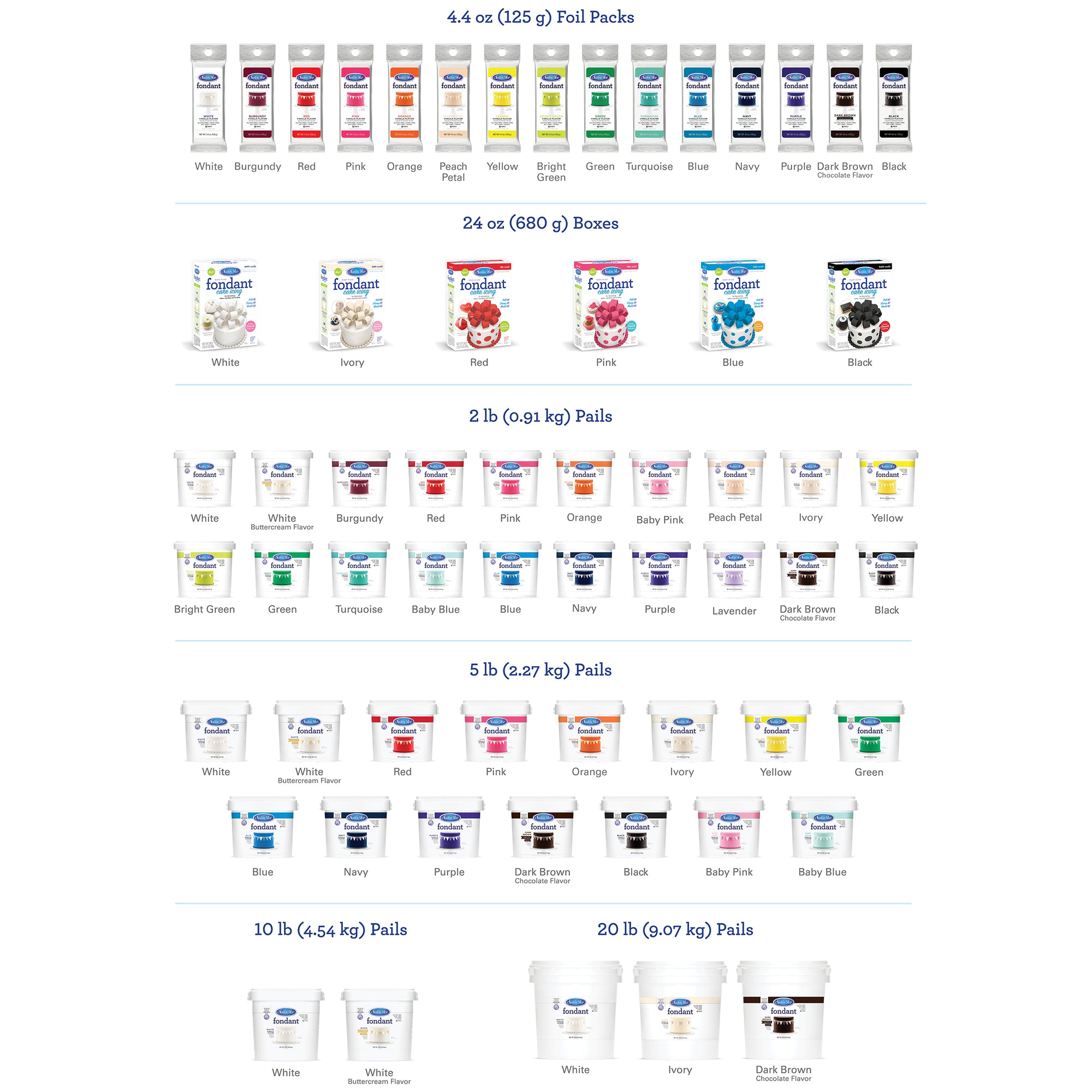
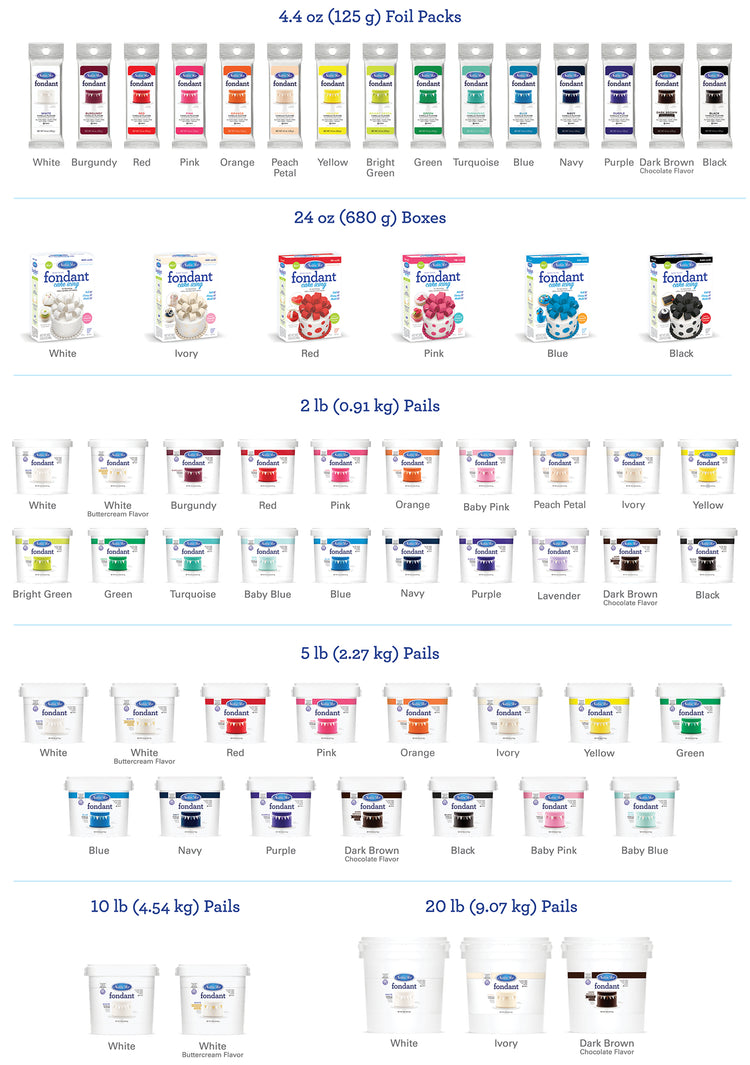
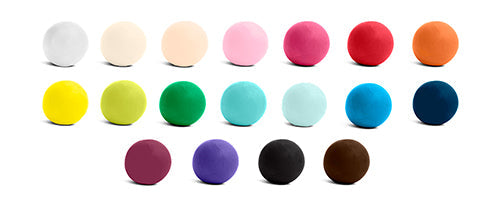
Education
Below are downloadable links to our commonly requested resources for Classic Fondant.
Video
View our latest videos for tips, techniques, tutorials and more!
Get Inspired
View our Pinterest galleries for fresh ideas using Classic Fondant for your next project.
Marketing Support
Are you a retailer or distributor who needs Satin Ice Marketing Support? Please contact your sales rep for more information.
- Choosing a selection results in a full page refresh.


